15 Celebrity Transformations That Mean More Than You Think
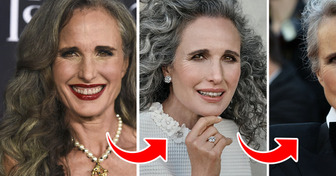

What are the different types of noses? Find out what your nose shape is, what ethnicity factors determine the nose’s type, and what celebrities have the same types of nose.
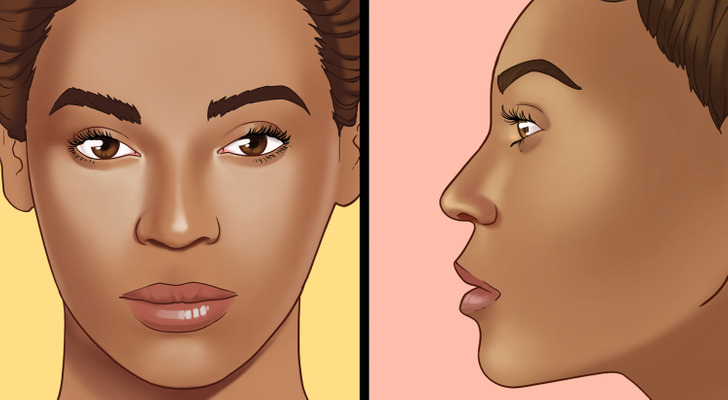
This type of nose is easily identifiable because of its longer bridge and wide base. It’s most commonly found in those of African descent, but not exclusively.

This is also sometimes known as the straight nose. It’s defined by its remarkably straight bridge and it’s typically free of any curves or humps.

A Roman nose is basically one that has a prominent bridge which makes it appear slightly bent or curved.

People with this type often have a small, stubby, and slightly upturned nose.

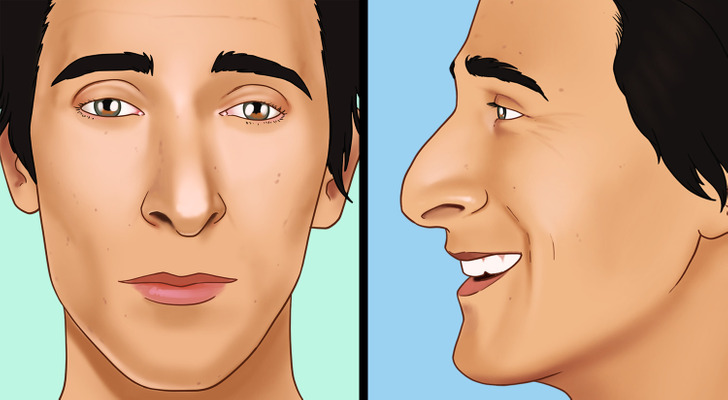
A dramatic arched shape that also has a protruding bridge. This nose type is named this way because it resembles the curved beak of a hawk.
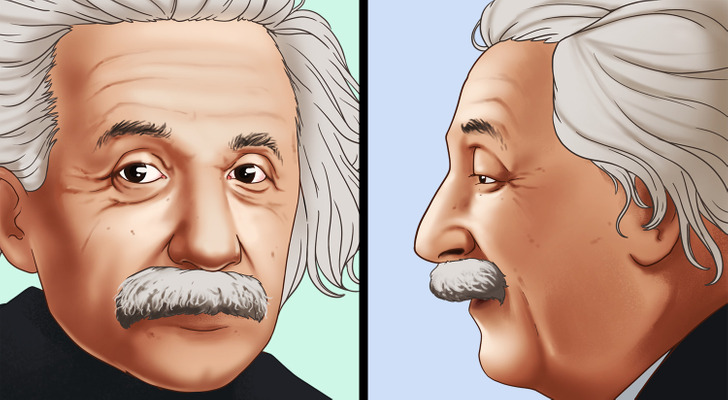
This is one of the most common types of noses out there and it’s more commonly found in men. It’s often large, with a rounder bridge and lots of extra skin.
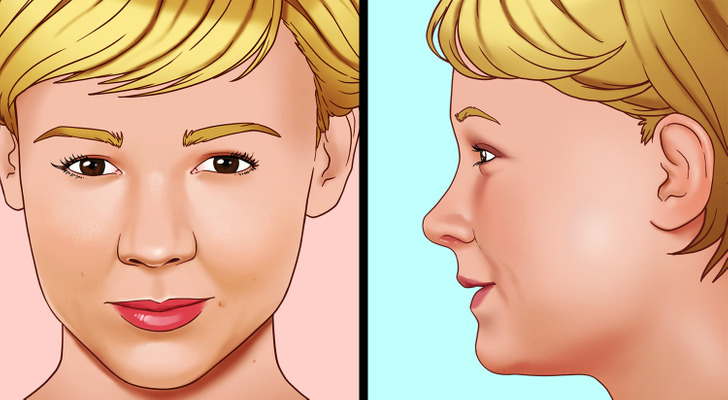
Also known as the “celestial” type, this nose is similar to the flat nose. However it has a slight up-swoop at the tip, which is rounded.
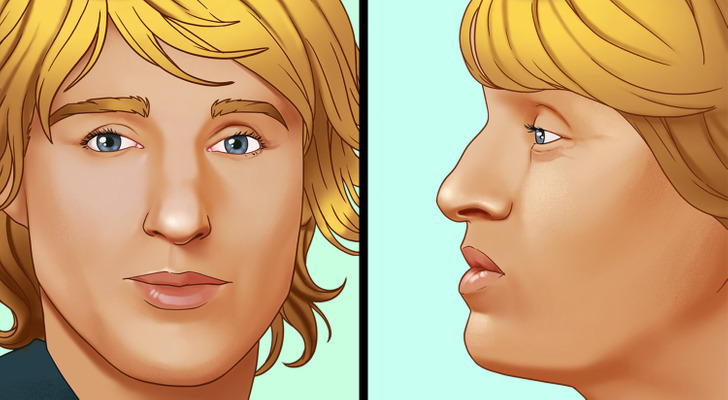
This is often thought of as a natural looking nose. Although straight and generally skinny, it has a small bump in the bridge.
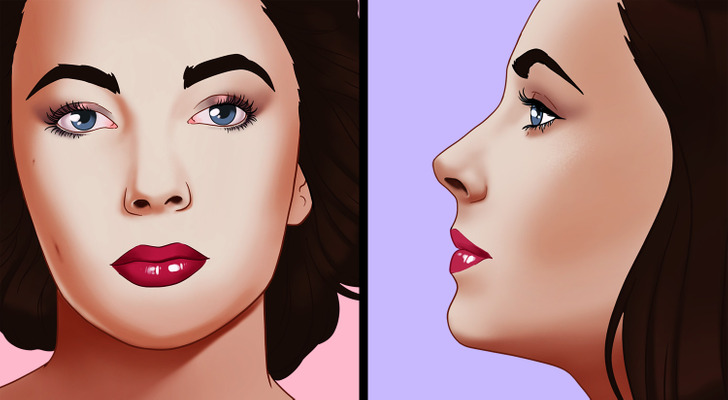
As the name suggests, this is simply a small and dainty nose. While it isn’t very turned-up, it does slope gently upward at the tip, exposing the nostrils.

As we’ve seen, noses come in all shapes and sizes. But our ancestors’ environment may have an effect on our nose shape, according to a study. The nose’s purpose is not just to smell, but it also filters and regulates the air we breathe.
Therefore, if our ancestors lived in cooler climates, they evolved to have narrow noses with smaller nostrils to warm the cold air being inhaled. And in the hotter, more humid climates, a wider bridge, and more open nostrils would have been essential to survive the heat.











